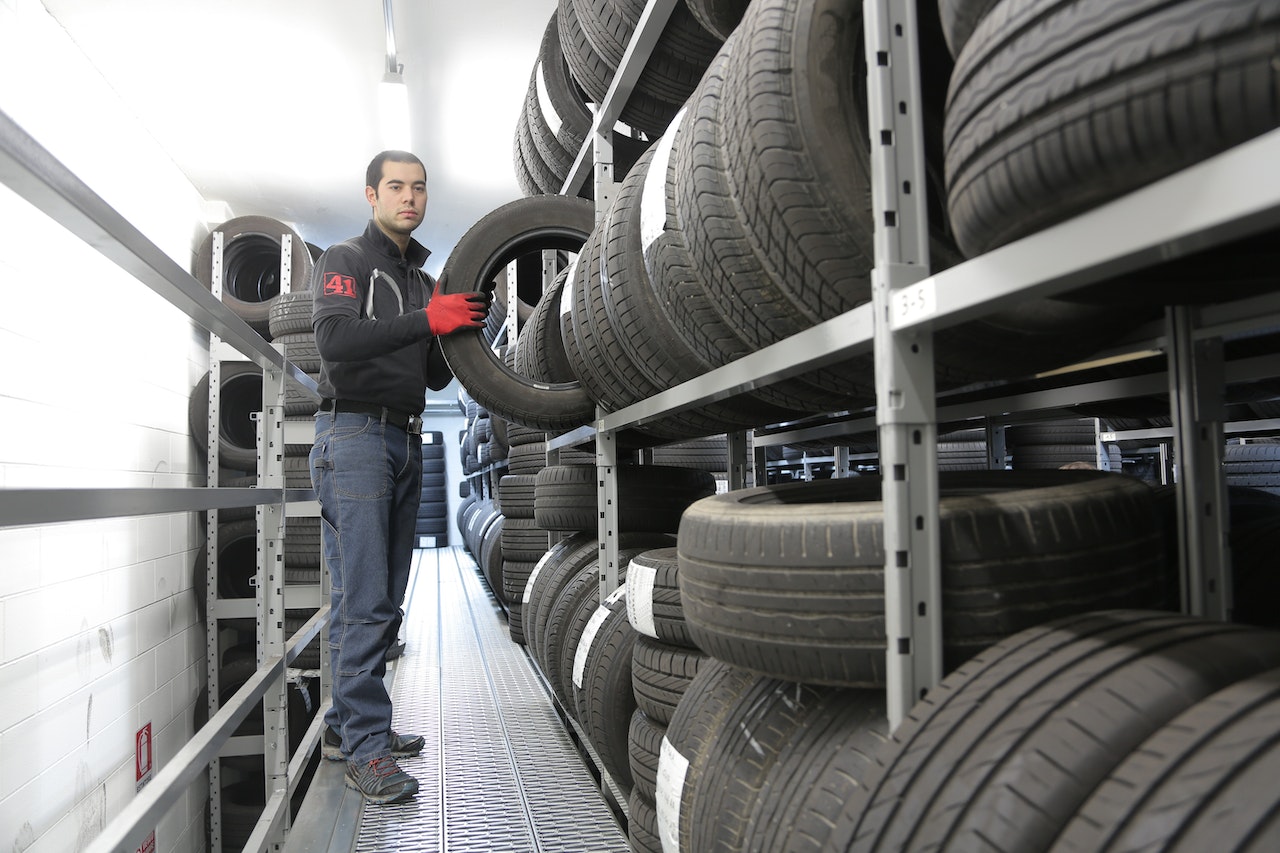
Disclosure – this is a collaborative post.
When you are about to hit the road, whether it is for a business trip or for fun, your mind is most likely filled with all sorts of checklists: packing the right clothes, taking the correct documentation, having the postcode so you can get to your destination without fuss – but there is another checklist you should run through too. And that is to do with your tyres. Your tyres are the only part of your vehicle that makes contact with the road, so they should always be well-maintained – but especially so before a road trip. Let’s have a look at five pre-trip tips for tyre maintenance:
Overload Warning
All tyres have an upper weight limit, but the only time this is likely to be encroached upon is when you are going to be away for a while, and thus pack your car full of everything that you might need. Know your tyre’s upper weight limit and take care not to overload your car as doing so could result in punctures, blow-outs or even simply excess wear and tear on your tyres.
Inflation Matters
Your tyres must legally always be within the optimum inflation levels recommended by the tyre manufacturer, and this is so important a factor in the safe operation of your tyres that it has been included in the MOT test checklist. If your tyres are no longer holding their pressure, it is best to invest in a new set as soon as possible: Reg Greenwood supplies and fits tyres for Knottingley and surrounding areas. Professional fitting available on all tyres and all prices are fully inclusive.
Check Tread Depth
Tread depth refers to the depth of the pattern of grooves and sipes on your tyres. This pattern is designed to squeeze standing water away from between the road surface and the contact area of your tyres, ensuring your tyres retain a good grip on the road and keeping you firmly in control.
Rotate Your Tyres
Tyre rotation means moving the front tyres to the back, and swapping the left-hand tyres for the right-hand ones, and vice versa. This helps your tyres to wear more evenly, as tyres are observed to wear worst on the front and outside edges of a tyre. Rotating your tyres six-monthly is ideal, but it can also be a good idea to rotate your tyres before a long trip, setting off with your tyres in the best possible condition for your long drive.
Plan for Punctures
Even when you have taken every precaution with your tyres: checked their general condition, replaced or repaired them, rotated, balanced and aligned them – punctures can still happen. Make sure you know how to change a tyre if you have a spare, or understand how to use the patch kit if that’s what your car has instead. Failing that, ensure that you are signed up with roadside assistance – and hopefully this overabundance of caution will prove unnecessary!
Disclosure – this is a collaborative post.
